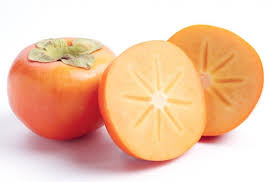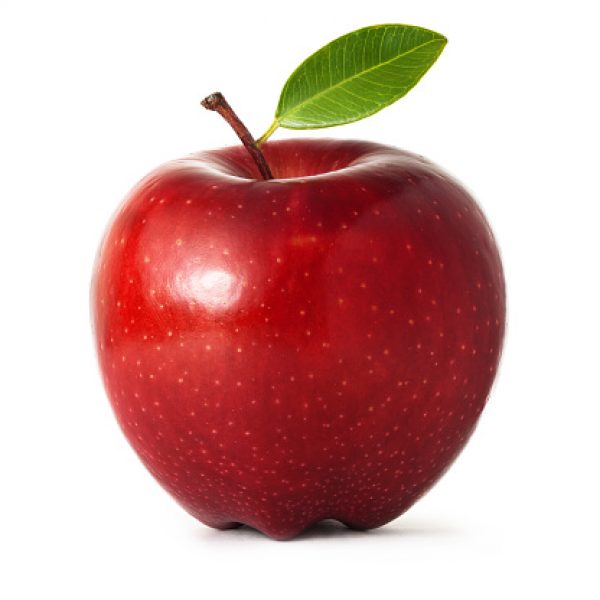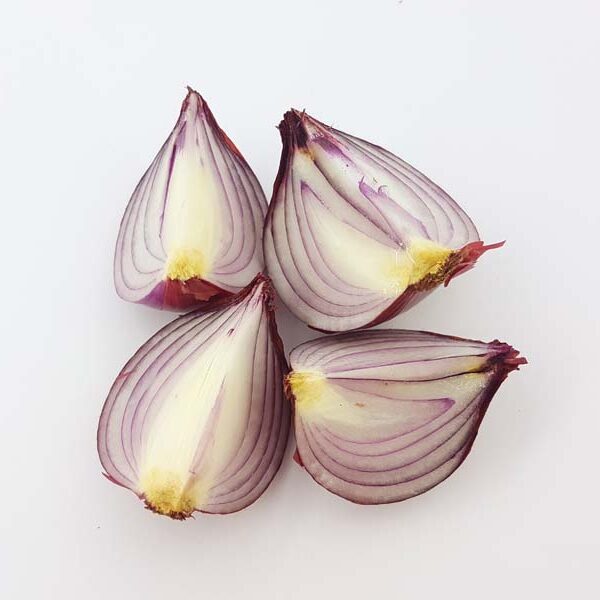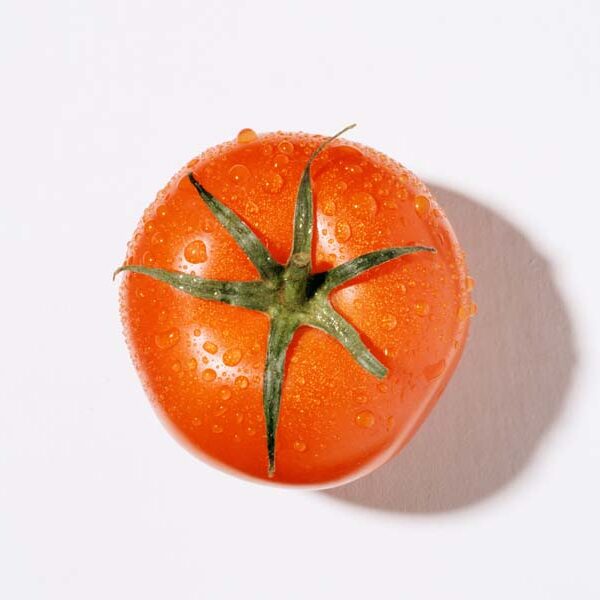The persimmon /pərˈsɪmən/ is the edible fruit of a number of species of trees in the genus Diospyros. The most widely cultivated of these is the Oriental persimmon, Diospyros kaki – among the most commonly human-grown fruit trees on Earth.[1] Diospyros is in the family Ebenaceae, and a number of non-persimmon species of the genus are grown for ebony timber. In 2019, China produced 75% of the world total of persimmons.
Persimmon
Like the tomato, persimmons are not commonly considered to be berries, but morphologically the fruit is in fact a berry. The tree Diospyros kaki is the most widely cultivated species of persimmon. Typically the tree reaches 4.5 to 18 metres (15 to 60 ft) in height and is round-topped.[1] It usually stands erect, but sometimes can be crooked or have a willowy appearance.[1] The leaves are 7–15 cm (3–6 in) long, and are oblong in shape with brown-hairy petioles 2 centimetres (3⁄4 in) in length.[1] They are leathery and glossy on the upper surface, brown and silky underneath.[1] The leaves are deciduous and bluish-green in color. In Autumn, they turn to yellow, orange, or red.[1]
Persimmon trees are typically dioecious,[5] meaning male and female flowers are produced on separate trees.[1] Some trees have both male and female flowers and in rare cases may bear a perfect flower, which contains both male and female reproductive organs in one flower.[5] Male flowers are pink[5] and appear in groups of 3.[1] They have a 4-parted calyx, a corolla, and 24 stamens in 2 rows.[1] Female flowers are creamy-white[5] and appear singly.[1] They have a large calyx, a 4-parted, yellow corolla, 8 undeveloped stamens, and a rounded ovary bearing the style and stigma.[1] ‘Perfect’ flowers are a cross between the two.[1][5]




